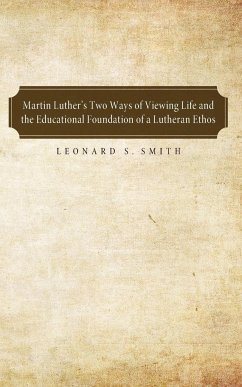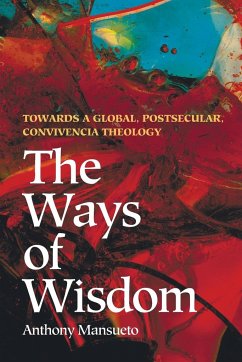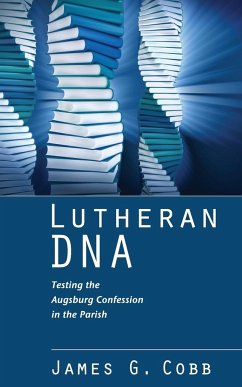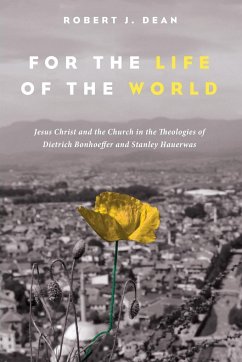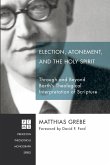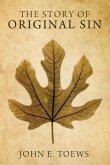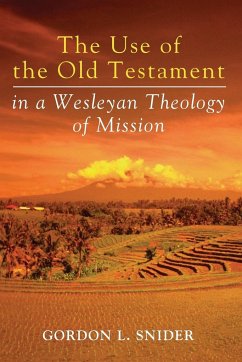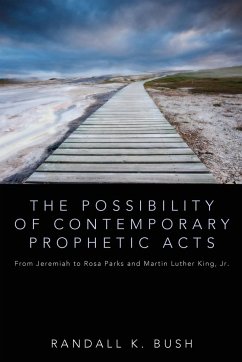Like Leonard Smith's larger study, Religion and the Rise of History, this essay, Martin Luther's Two Ways of Viewing Life, asserts that Luther's well-known ""at-the-same-time,"" simul, or paradoxical way of viewing life does not capture Luther's thought as a whole, because it does not represent his deeply incarnational and dynamic, mystical and holistic, particularizing and historical way of viewing life based on the power of the Word and the Spirit of God either in his own life or in human history. Smith contends (1) that the best way to capture Luther's ""second"" basic way of thinking and of viewing life is through the connected prepositions (connected especially for Lutherans) ""in, with, and under""; (2) that this second basic way was based primarily on the Gospel of John and its great Prologue, which shows how God is acting, creating, and redeeming, and how Jesus is ""the Word become flesh""; and (3) that understanding both of Luther's ways of viewing life is helpful for understanding Lutheran education and ""a Lutheran ethos"" since the sixteenth century. Since this brief essay is written primarly for a general audience, it can easily be used as a text or supplementary reading for a class, seminary, or group discussion.

